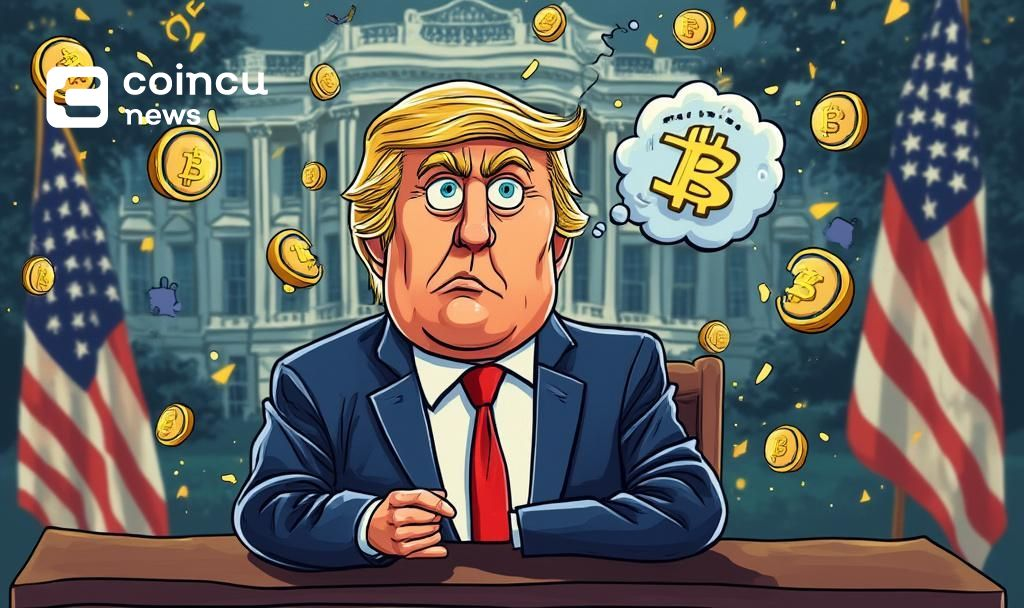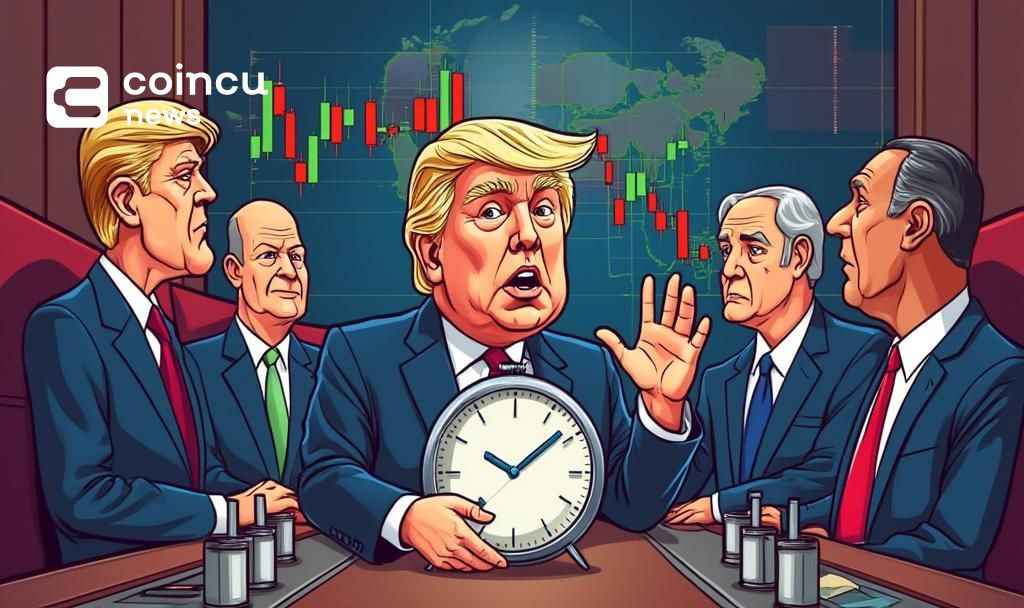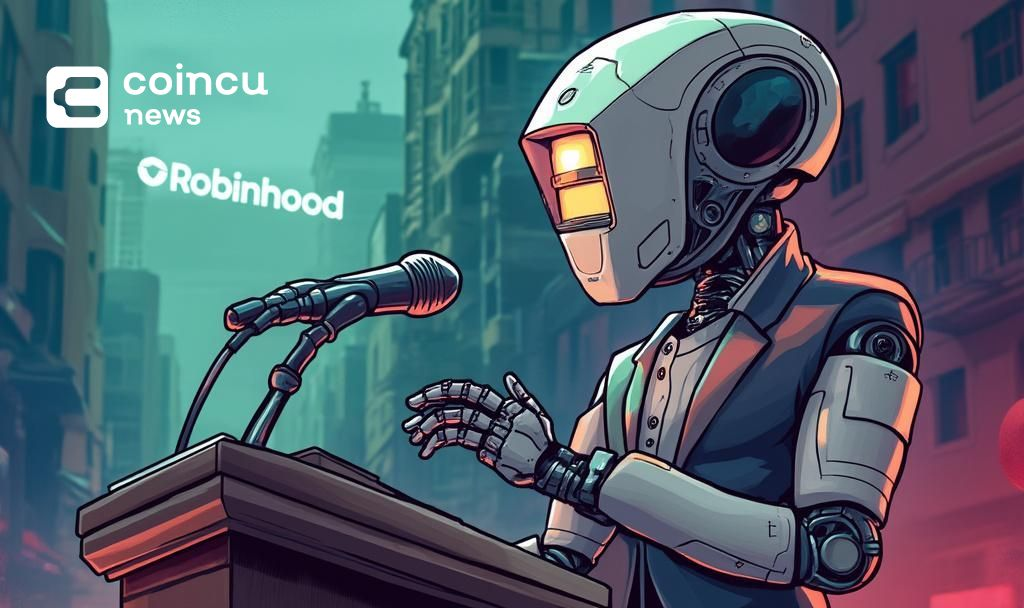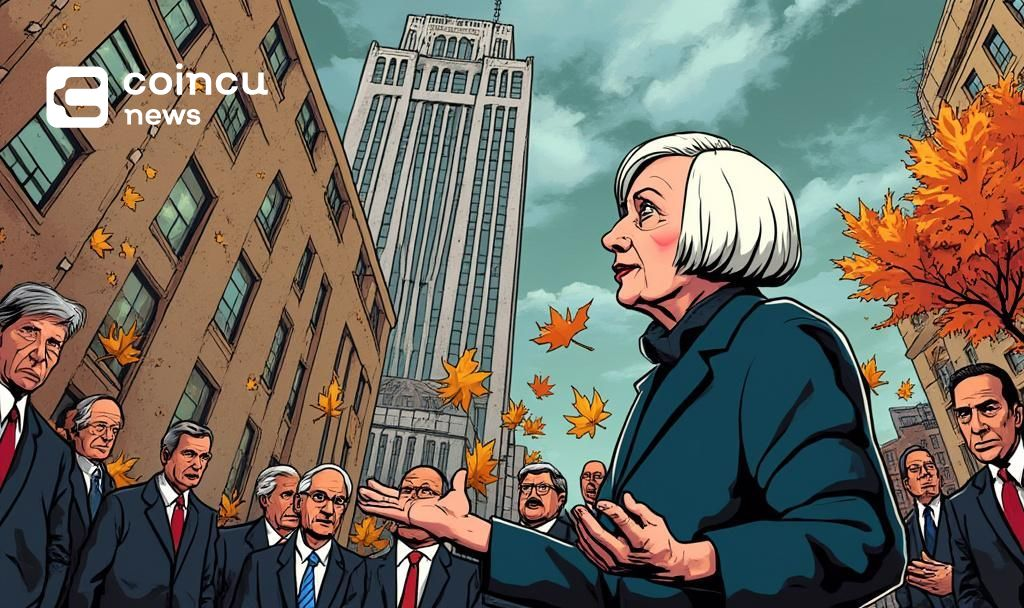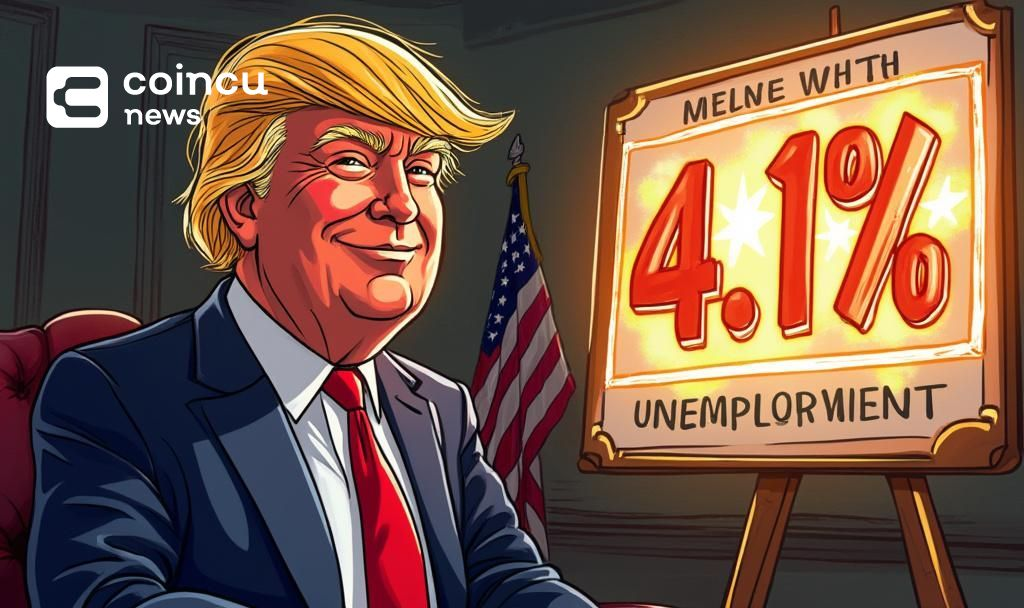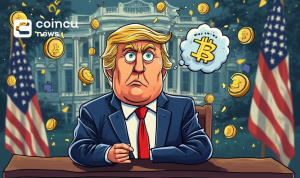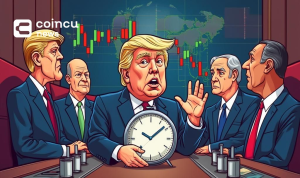$109818.095
At CoinCu News, we give both basic and in-depth articles on the latest news in the cryptocurrency and blockchain sectors.
Mayowa is a seasoned freelance writer specializing in creating compelling, high-converting content across diverse industries.
With extensive experience working with major news outlets, personal blogs, and private clients, he brings a deep understanding of audience engagement and storytelling. His expertise spans SEO optimization, persuasive copywriting, and niche versatility, ensuring content that resonates and delivers results.
Armed with a strong command of the English language and a keen eye for detail, he crafts content that is both impactful and strategically tailored to meet client goals.
News
Speculation Around “Beautiful Act” Signing by Trump
Uncertainty surrounds President Trump's planned "Beautiful Act" signing amidst ongoing speculation and market anticipation.
Jul
Trump Considers Extending Trade Talks Amid Tariff Uncertainty
Trump might extend trade deadline beyond July 9, impacting global tariffs and negotiations.
Jul
OpenAI Denies Robinhood Partnership; Stocks Drop
OpenAI refutes Robinhood token involvement, impacting Robinhood's stock as crypto market watches.
Jul
Yellen Suggests Federal Reserve Chair Candidates; Work Begins This Fall
U.S. Treasury Secretary Janet Yellen hints at candidates for Federal Reserve Chair, with selection starting
Jul
U.S. Senator Lummis Introduces Digital Asset Tax Bill
Senator Lummis proposes a digital asset tax reform bill to enhance the crypto industry's competitive
Jul
U.S. Economic Data Surpasses Expectations with Lower Unemployment Rate
U.S. President Trump hails unexpected unemployment drop to 4.1%, boosting economic sentiment.
Jul
Stablecoin Legislation May Boost Crypto Industry to Trillions
Bo Hines discusses stablecoin legislation’s potential to grow the crypto industry to a $15-$20 trillion
Jul
No Official Confirmation on Binance’s 28th TGE Featuring Palio
Unverified claims circulate about Binance's 28th TGE for Palio. Official confirmation remains pending.
Jul
IMF Rejects Pakistan’s Crypto Mining Electricity Plan
IMF rejects Pakistan's subsidized electricity plan for crypto mining, citing potential grid strain.
Jul
[tptn_list how_old="7" limit="5" title_length="0" heading="0" show_date="0" ]
[tptn_list how_old="30" limit="5" title_length="0" heading="0" show_date="0" ]









